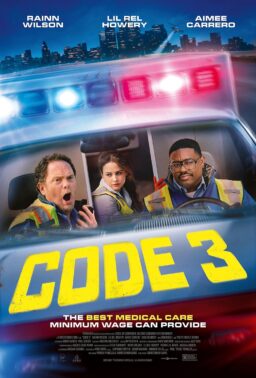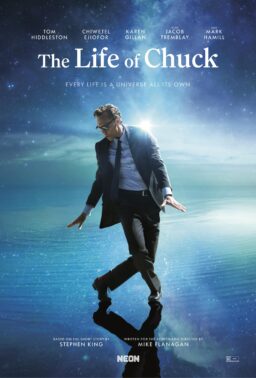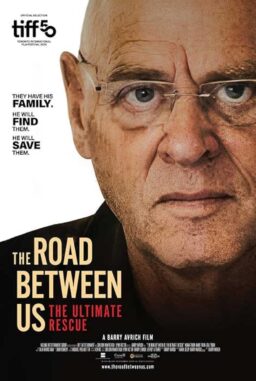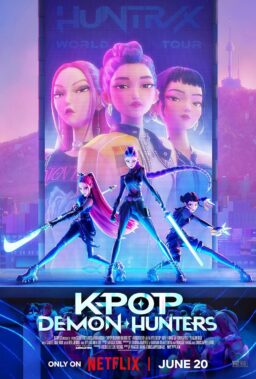<iframe src="http://player.vimeo.com/video/28792404?portrait=0" width="500" height="331" frameborder="0" webkitallowfullscreen="” allowfullscreen=””>
Click here to watch larger video on Vimeo.
Annotated full transcript of the video here, for easy reference.
In the Cut: Piecing together the action sequence Part II: A Dash of SaltPart III: I Left My Heart in My Throat in San Francisco (Bullitt, The Lineup, The French Connection)
The first of a three-part video series on action sequences at Press Play is a really detailed, shot-by-shot analysis of a famous chase in “The Dark Knight” that has always confused me. Others told me they had no problems following it, but the closer I looked at it, the better I understood what puzzled me.
As I say in the introduction over at Press Play:
When, for example, we’re shown someone gazing intently offscreen and there’s a cutaway to something else (that appears to be in the vicinity), we assume (having familiarized ourselves with basic cinematic grammar over the years) that we are seeing what they are looking at. But that’s not always the case. Why? I don’t know. I find many directorial choices in contemporary commercial movies to be sloppy, random, incomprehensible–and indefensible.
This essay takes a long, hard look at roughly the first half of the big car and truck chase sequence from Christopher Nolan’s “The Dark Knight,” set on the lower level streets by the Chicago River. It stops, starts, reverses, repeats, slows down… taking the sequence apart (and putting it back together) shot by shot. The idea is to look at it the way an editor would–but also as a moviegoer does. We notice lapses in visual logic whether our brains register them consciously or not. I found this sequence utterly baffling the first time I saw it, and every subsequent time. At last, I now know exactly why.
“In the Cut” is presented by Press Play, Scanners and RogerEbert.com.
UPDATE: 9/12/11): Part II is now here. This quotation comes near the beginning:
Realism, as usual, is simply a fig leaf for doing what you want. Virtually any technique can be justified as realistic according to some conception of what’s important in the scene. If you shoot the action cogently, with all the moves evident, that’s realistic because it shows you what’s ‘really’ happening. If you shoot it awkwardly, that presentation is ‘realistically’ reflecting what a participant perceives or feels. If you shoot it as ‘chaos’ (another description that Nobles applies to the Expendables action scenes)–well, action feels chaotic when you’re in it, right? Forget the realist alibi. What do you want your sequence to do to the viewer?
–David Bordwell, Observations on film art (September 15, 2010)
ADDENDUM (09/09/11): Consider the above in light of this excerpt from David Bordwell’s latest post about screenwriter Jean-Claude Carriere (“Belle de Jour” (1968), “The Discreet Charm of the Bourgeoisie” (1972), “That Obscure Object of Desire” (1978), “Birth,” “The Tin Drum” (1980), “Valmont” (1989), “Danton” (1983), “The Unbearable Lightness of Being” (1988), “The White Ribbon” (2010)…) and how “the film that you don’t see” really works:
… He believes that there is a language of film that sets it apart from other arts. That language is grounded in the play of meaning and emotion that comes from putting one shot after another.
He explained the point through an example that seems at first to be a restatement of the classic Kuleshov effect. In Shot 1, a man in his apartment looks out the window. Shot 2: The street. A woman is walking with another man. We’ll assume that our man is seeing them. Shot 3: Our man reacts.
But contrary to Kuleshov’s dictum, his facial expression should not be neutral. In fact, his expression tells us how to understand the scene. If the man looks upset, we surmise that he’s jealous. If he’s benevolent, we assume that the woman is a friend, his daughter–or a flirt. The filmmaker needs not only techniques like framing and cutting, but also the performances of actors.
Now cut to the woman in her bedroom brushing her hair. We need to make sure the audience understands that it’s the same woman, so maybe we have to go back and add a shot to the earlier scene, a closer view of her in the street. This constant flow and readjustment of images is based on guiding the spectator discreetly but firmly through the action. The audience isn’t aware of this “secret film,” but it governs everything the viewer thinks and feels.
This is the stuff that movies are made of!










